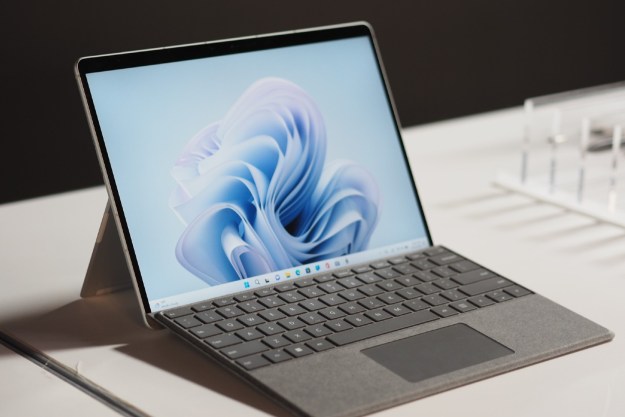
The Windows 10 October 2018 update which was slated for — you guessed it — October, looks unlikely to release in that month at all after further delays pushed back its secondary roll out. The latest round of fixes addresses issues with dragging files from a zip archive in Windows’ File Explorer, adding to a growing number of patches that have been released to Windows Insiders since the original release of the update in early October.
Initially launched on October 2 as part of Microsoft’s Surface event, which saw the debut of new devices like the Surface Studio 2 and Surface Pro 6, the Windows 10 October 2018 update brought with it a number of new features, including better smartphone integration and improved screenshot editing capabilities. However, it was quickly plagued with dangerous bugs that caused data deletion and driver incompatibility. It was bad enough that Microsoft pulled the update and sent it back to its testers to try and iron out some of the bugs.
Since then we’ve received multiple reports of additional bug fixes and it’s still not clear when the wider Windows 10 user base can expect to receive the update. What is clear is that it isn’t going to release in October — we’ve simply run out of time.
When it does become available, however, we do know that it won’t have a nasty zip archive bug that was recently patched out. As Ars Technica describes it, the problem would see the dragging and dropping of files from zip archives not provide a prompt to the user to see if they want to overwrite a file with the same name. The Windows 10 17763 build that comprises the October 2018 Update was instead simply ignoring files with the same name and not copying them over.
The patch for that particular flaw is now with the slow and release rings of Microsoft’s Windows Insider program, so should be about ready for the main release build. It joins additional patches for the data deletion, audio issues, and driver compatibility problems that have plagued the premium Windows update. It’s all very late though, pushing back the release of the update well beyond when it was initially planned to see widespread adoption.
Editors' Recommendations
- The next big Windows 11 update has a new hardware requirement
- Windows 11 tips and tricks: 8 hidden settings you need to try
- Beware! The latest Windows 11 update might crash your PC
- A beloved Windows app is being axed after 28 years
- Windows 12 might not be coming this year after all




